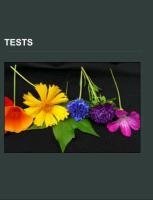
Tests
Source: Wikipedia. Pages: 72. Chapters: AASHO Road Test, Accelerated aging, Backtesting, Barometer question, Blow down facility, Brassboard, Clarity test, Cloze test, Component-based usability testing, Concept inventory, Concrete slump test, Continuous facility,... Viac o knihe
Produkt je dočasne nedostupný
20.42 €
bežná cena: 23.20 €
O knihe
Source: Wikipedia. Pages: 72. Chapters: AASHO Road Test, Accelerated aging, Backtesting, Barometer question, Blow down facility, Brassboard, Clarity test, Cloze test, Component-based usability testing, Concept inventory, Concrete slump test, Continuous facility, Destructive testing, Driving test, Drug test, Dry run (testing), Ebert test, Environmental chamber, EScreeningz, FAA Practical Test, Field experiment, Flight qualify, Highly accelerated life test, Highly accelerated stress audit, Hydrogen leak testing, Independent test organization, Intelligent selection testing, List of materials-testing resources, List of tests, Load testing, Modal testing, Nondestructive testing, Package testing, Paint adhesion testing, Physical test, Ping test (engineering), Plane biaxial tensile test, Progress testing, Pull off test, Remote visual inspection, Reproducibility, Shaker (testing device), Smoke testing, SOS Chromotest, Straight face test, Stress testing, Sustainable Slip Resistance, Test (assessment), Test and learn, Test drive, Test fixture, Test management, Test method, Test of Basic Aviation Skills, Test score, Toxicology testing, Tracer-gas leak testing method, Umu Chromotest, Umu Response, Universal testing machine, Usability goals, Weapon testing, Weather testing of polymers. Excerpt: A drug test is a technical analysis of a biological specimen - for example urine, hair, blood, sweat, or oral fluid / saliva - to determine the presence or absence of specified parent drugs or their metabolites. Major uses of drug testing are to detect the presence of performance enhancing steroids in sport or for drugs prohibited by laws, such as cannabis, cocaine and heroin. A "10-panel urine screen" consists of the following: The following chart from LabCorp gives approximate detection periods for each substance by test type. The detection windows depend upon multiple factors-drug class, amount and frequency of use, metabolic rate, body mass, age, overall health, and urine pH. For ease of use, the detection times of metabolites have been incorporated into each parent drug. For example, heroin and cocaine can only be detected for a few hours after use, but their metabolites can be detected for several days in urine. In this type of situation, we will report the (longer) detection times of the metabolites. Oral fluid or saliva testing results for the most part mimic that of blood. The only exceptions are THC (tetrahyrocannabinol) and benzodiazepines. Oral fluid will likely detect THC from ingestion up to a maximum period of 6-12 hours. This continues to cause difficulty in oral fluid detection of THC and benzodiazepines. Rapid oral fluid products are not approved for use in workplace drug testing programs and are not FDA cleared. Using rapid oral fluid drug tests in the workplace is prohibited in only: Drug Screens are reported as PASS, or FAIL with urine reported invalid or adulterated. When an employer requests a drug test from an employee, or a physician requests a drug test from a patient, the employee or patient is typically instructed to go to a collection site or their home. The urine sample goes through a specified 'chain of custody' to ensure that it is not tampered with or invalidated through lab or employee error. The patient or employee's urine is colle
- Vydavateľstvo: Books LLC, Reference Series
- Formát: Paperback
- Jazyk:
- ISBN: 9781156871201

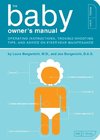
 Anglický jazyk
Anglický jazyk 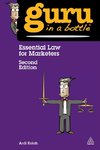


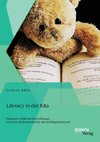
 Nemecký jazyk
Nemecký jazyk 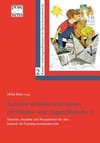
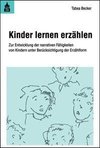
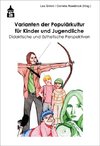
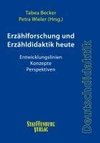


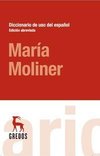
 Španielsky jazyk
Španielsky jazyk